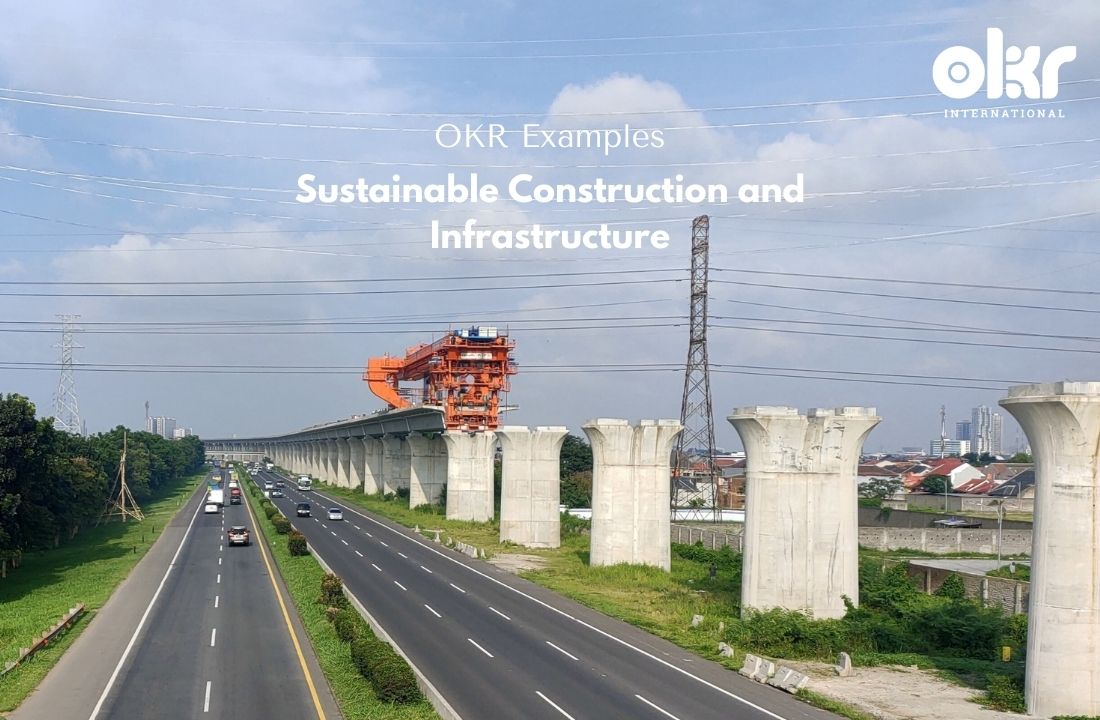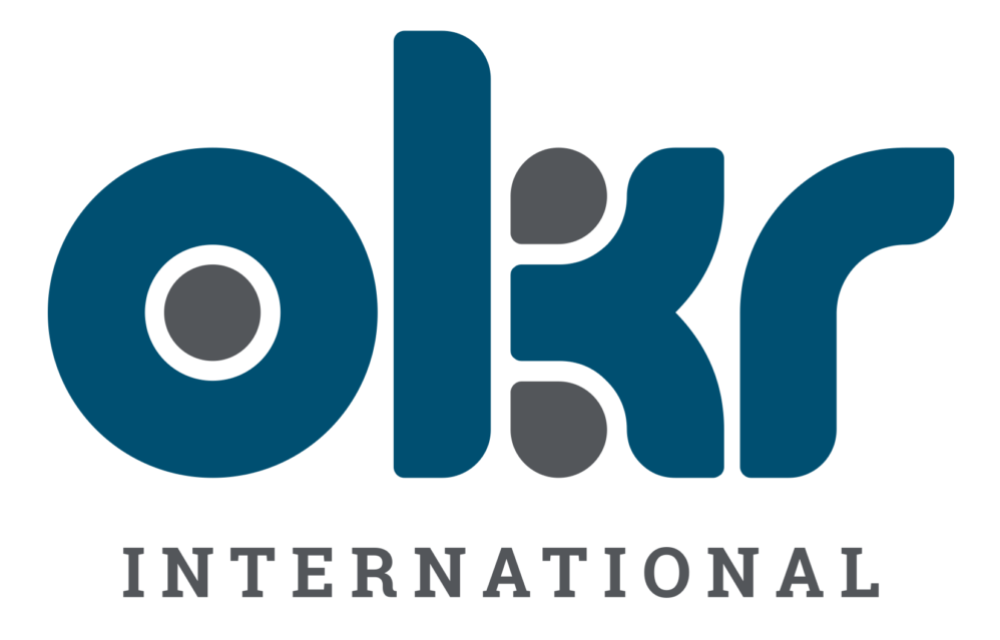10 Groundbreaking OKR Examples in Sustainable Construction and Infrastructure
The construction industry is increasingly turning towards sustainable building practices, green infrastructure projects, and eco-friendly materials, spurred on by environmental considerations and regulatory requirements. Crafting robust Objectives and Key Results (OKRs) is instrumental in propelling innovation, fostering growth, and meeting dynamic market needs in this sphere. In this context, we offer ten groundbreaking OKR examples that are driving significant changes in sustainable construction and infrastructure.
1. Promoting Green Building
Objective: Increase the implementation of green building practices.
Key Results:
- Increase the number of green building projects by 20% within the next year.
- Achieve LEED certification for 50% of the new projects within the next six months.
- Attain a 90% customer satisfaction rate with green buildings in the next quarter.
2. Reducing Construction Waste
Objective: Minimize waste generated during construction processes.
Key Results:
- Decrease construction waste by 30% in the next year.
- Increase recycling or reusing of construction materials by 40% in the next six months.
- Achieve an 80% satisfaction rate among stakeholders for waste management efforts in the next quarter.
3. Improving Energy Efficiency
Objective: Enhance the energy efficiency of construction projects.
Key Results:
- Increase the number of projects implementing energy-efficient technologies by 25% within the next year.
- Achieve a 20% reduction in energy consumption for new projects within six months of completion.
- Attain a customer satisfaction rate of 85% for energy-efficient buildings in the next quarter.
4. Implementing Sustainable Materials
Objective: Promote the use of sustainable and eco-friendly materials in construction.
Key Results:
- Increase the use of sustainable materials by 30% in the next year.
- Achieve a 70% customer satisfaction rate with the quality of sustainable materials within the next six months.
- Boost sales of projects using sustainable materials by 20% in the next quarter.
5. Expanding Market Presence
Objective: Increase brand visibility and customer base.
Key Results:
- Grow the customer base by 15% in the next year.
- Increase social media followers by 25% in the next quarter.
- Achieve a conversion rate of 10% from marketing campaigns within the next six months.
6. Fostering Innovation in Design
Objective: Stimulate innovation to enhance sustainable design and construction.
Key Results:
- Launch three innovative design solutions based on sustainability within the next year.
- Achieve a 70% customer satisfaction rate with the new design solutions within three months of launch.
- Increase revenue from innovative design projects by 20% in the next quarter.
7. Improving Staff Training
Objective: Enhance staff training for better sustainable practices and customer service.
Key Results:
- Train 100% of the staff in sustainable construction practices and customer service within the next year.
- Achieve a 75% staff satisfaction rate with training programs in the next six months.
- Increase customer satisfaction with staff service to 90% in the next quarter.
8. Strengthening Partnerships
Objective: Foster strategic partnerships for innovation and market expansion.
Key Results:
- Establish two new strategic partnerships within the next year.
- Increase joint projects with partners by 30% in the next six months.
- Achieve an 85% partner satisfaction rate with collaboration efforts in the next quarter.
9. Enhancing Compliance to Regulations
Objective: Strengthen compliance with environmental regulations.
Key Results:
- Reduce non-compliance issues by 50% within the next year.
- Train 100% of the workforce on new regulatory changes within the next six months.
- Pass all regulatory audits in the next fiscal year.
10. Promoting Sustainable Practices
Objective: Implement sustainable practices in all areas of operation.
Key Results:
- Increase the number of operations adopting sustainable practices by 20% within the next year.
- Achieve a 75% employee satisfaction rate with the company’s sustainability efforts within the next six months.
- Attain a customer satisfaction rate of 85% for the company’s commitment to sustainability in the next quarter.
With these OKR (Objectives and Key Results) examples as a roadmap, companies in the sustainable construction and infrastructure industry can ensure they maintain their competitive edge, drive growth, and foster innovation in a rapidly evolving industry. These strategic objectives will guide companies in their journey towards creating a more sustainable built environment, benefitting communities and the planet alike.
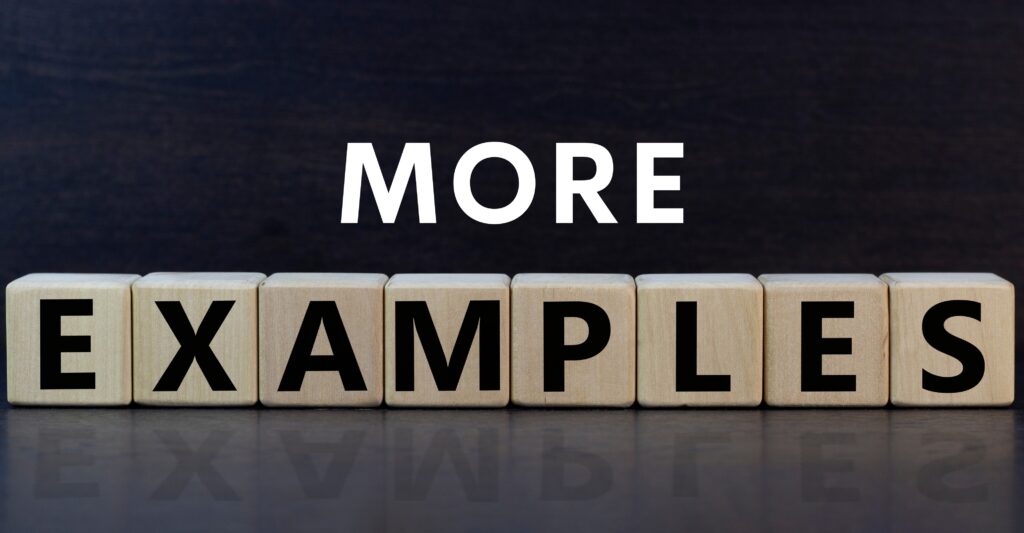
When looking to set OKRs, it’s natural to want examples to ignite the thought process or simply compare yours to OKR Examples. Check out our compendium of OKR Examples here.
Explore Our Range of Services
Bring OKRs (Objectives and Key Results) to your organisation with our tried & tested OKR Framework.

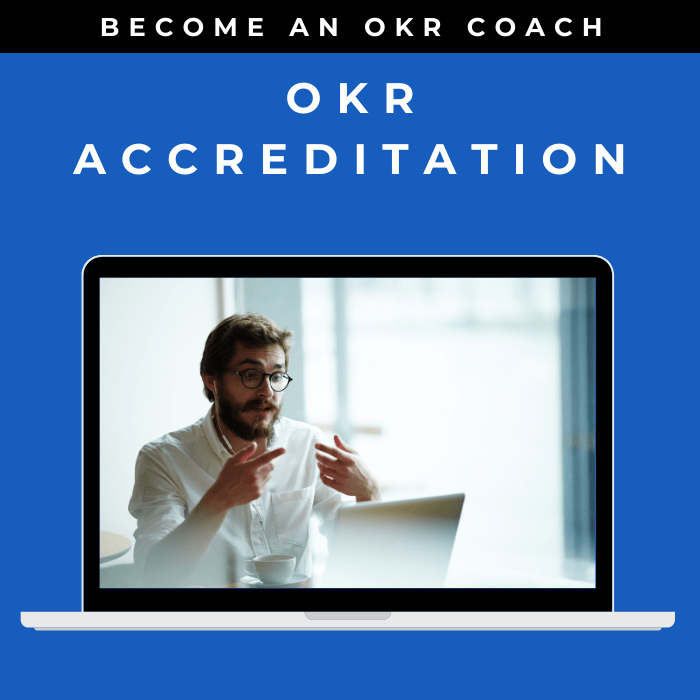
OKR International’s highly acclaimed Certified OKR Practitioner Program is the first and only OKR accreditation endorsed by ICF & HRCI for continuing education units.
OKR International helps leaders create the alignment, engagement and result orientation needed for growth by offering OKR Advisory services.


